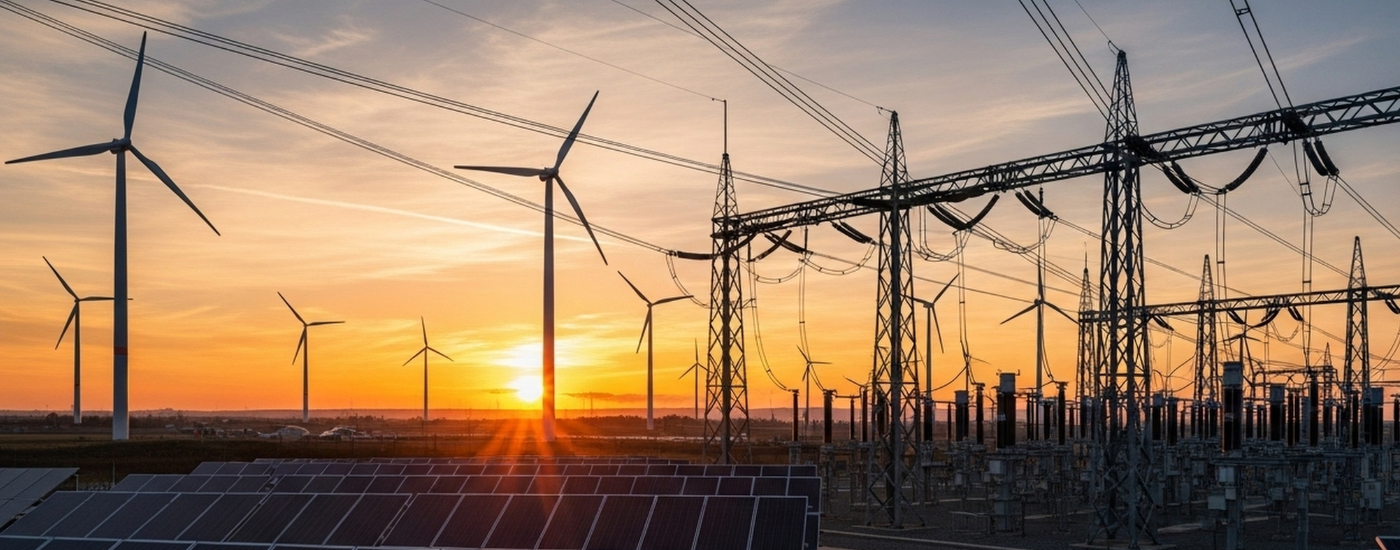The latest lite edition of our monthly Australian energy & environmental market update is now available. Keep reading for energy and carbon pricing movements, policy updates and other news.

This month we cover energy and environmental market price movements, the closure of AGL Energy's Liddell coal-fired power station and AEMO’s Quarterly Energy Dynamics Report for Q1 2023.
Keep reading for an overview of key market developments and a discussion of the impact of these announcements.
The full version of the update, with additional commentary from our industry analysts, is available to paid subscribers.
Contact our team to find out more.



AGL Energy's Liddell coal-fired power station, located north of Sydney near Muswellbrook, closed on April 28th after more than 50 years in operation. Despite providing around 10% of New South Wales' electricity for the past 20 years, the plant's performance has declined in recent times as it battled with reliability issues, hardly surprising considering it was the oldest operating coal-fired power station in the country. The 2,000MW station was comprised of 4 x 500MW units, with Unit 3 closing in April 2022 and Unit 4, Unit 2 and Unit 1 closing on April 24th, April 26th and April 28th, 2023, respectively.
Most market commentators agree that irrespective of the market conditions it was no longer possible to keep Liddell open due to the age and condition of the facility. The growth in variable renewable generation in NSW since Liddell’s announced retirement has been remarkable, growing from 9% (or 4.2 TWh) in 2017 to 29% (or 17 TWh) in 2022, far outweighing the generation of Liddell (approximately 8 TWh) on a volume basis. However, there has not been a commensurate build out of dispatchable generation (such as gas or batteries) yet, with Snowy Hydro’s 660 MW Kurri Kurri gas generator and EnergyAustralia’s 316 MW Tallawarra B gas generator both still under construction.
Additional commentary is available in the full version of the update. Contact our team to find out more.

The average NEM prices in Q1 2023 were lower than the previous quarter across most regions, primarily due to increased capacity offered into the market by coal (see graph below) and gas, and an increase in solar generation. Average quarterly prices varied between $64/MWh in Victoria to $114/MWh in Queensland. Furthermore, increased solar output exerted downward pressure on NEM prices, with large-scale solar output increasing by 11% from its record high in Q4 2022, and by 22% from the previous year.
Electricity Futures prices increased in Q1 2023 in Queensland, NSW, and Victoria, with price increases ranging from $17/MWh to $38/MWh. Most of the increases occurred in March due to high-price events caused by heatwaves and Callide's announcement of a delay in the return of the C3 and C4 units, which have a combined capacity of 848 MW. Price increases for the remaining quarters in 2023 ranged from $23/MWh to $35/MWh in Queensland, $22/MWh to $38/MWh in NSW, and $17/MWh to $22/MWh in Victoria.
Gas Spot market prices declined in Q1 2023, averaging under $12/GJ, which is the price cap for gas contracts sold by producers since December 2022. Low gas generation in the NEM during Q1 could have contributed to this decline, as gas generators are significant users of gas Spot markets, and their demand can lead to higher prices. Additionally, reduced international price pressures, with Asian LNG prices dropping from over $40/GJ in December 2022 to less than $20/GJ in March 2023, and several outages on the QCLNG export train during the quarter resulted in additional gas available through Spot markets. The price cap of $12/GJ also played a role in pushing prices lower for Q1 2023.
Additional commentary is available in the full version of the update. Contact our team to find out more.

On the energy front, these are volatile times. The renewable energy transition is essential to us meeting our climate goals, but it will take time and comes at a cost. Australian businesses across all industries are seeing significant impact to their bottom line.
The rally we’ve seen in LGC prices in April is likely to be on the back of corporate demand as businesses attempt to navigate the volatility the best way they can, while meeting their renewable energy targets.
Businesses that have renewable energy targets in place should be structuring their energy strategy today, even if their existing contract is not due to end for some time.
While the Australian carbon market was relatively quiet in April, it comes after an eventful Q1 of 2023. Many organisations are sorting out their strategies in response to the changes in the Safeguard Mechanism, which increasingly includes long-term carbon offtake strategies.
It is important for businesses to recognise that a best-practice carbon credit procurement strategy should at least consider, and very likely include, a mix of purchasing methods - including short-term spot market transactions and long-term carbon offtakes.
The events outlined in this months update highlight the evolving nature of carbon and energy markets and the complexity of the net zero transition.
To discuss your unique requirements, get in touch with our team today for a no obligation discussion on how we can help.

As the NEM Review lands, attention rightly turns to system-level settings. But much of the commercial change shaping renewable and firming supply is already unfolding inside over-the-counter (OTC) energy markets. This article sets out what’s already shifting commercially in a market under review.

As the NEM Review lands, attention rightly turns to system-level settings. But much of the commercial change shaping renewable and firming supply is already unfolding inside over-the-counter (OTC) energy markets. This article sets out what’s already shifting commercially in a market under review.